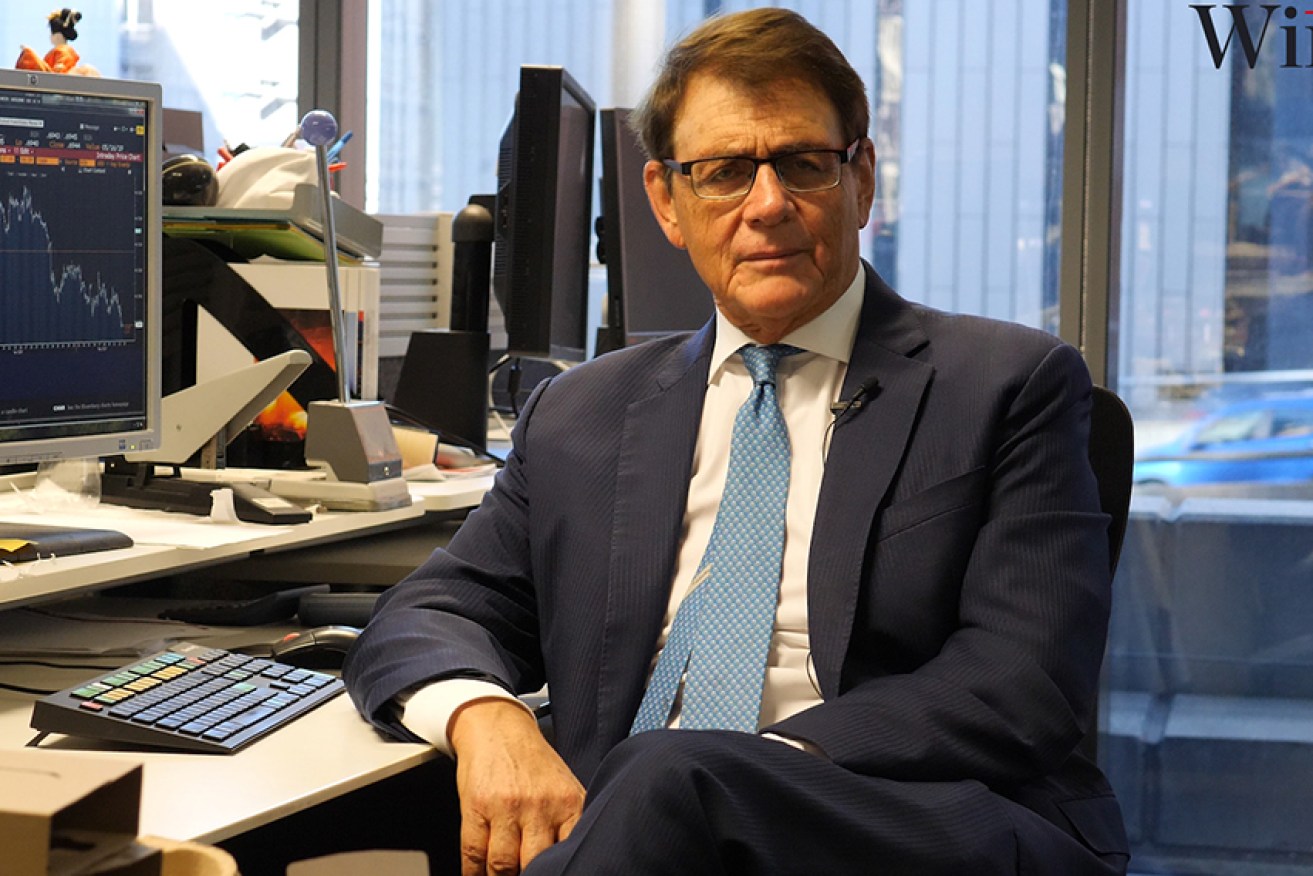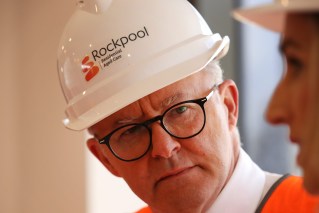Economic growth storming back, recession may already be over says Westpac
Westpac has signalled the end of the recession with the bank claiming growth returned in the September quarter and would probably stronger again in the December quarter.


Westpac chief economist Bill Evans (picture: supplied)
Respected economist Bill Evans said the bank had also revised growth forecast for 2021 and 2022 to be 2.8 per cent and 3.5 per cent respectively.
“Westpac expects that growth in both the September and December quarters will clearly be in positive territory as the Australian economy opens up,” Evans said.
“Momentum continues to show a significant improvement consistent with the Australian economy moving out of recession.”
He said the “big, negative shock” caused by the lockdowns earlier this year were starting to cycle out of the six-month growth calculations.
“All things being equal, the growth rate will swing into solid positive as the extreme weakness in March-April moves into the base of the calculation.”
Significantly, Westpac does not spell out that the recession has ended because whether we are still in a recession or not depends on how it’s defined. Technically, a recession is over when growth returns, but the US National Bureau of Economic Research defines the end of a recession as the point when the GDP gets back to the level it was before the recession was declared.
But typically, even though growth returns, the effects of a recession can last longer with high unemployment and low wage growth likely to remain. So even if the data says a recession is over, the pain can remain for much longer.
The release today of retail sales figures won’t help. The Australian Bureau of Statistics data showed retail sales in September fell by 1.5 per cent following a 4 per cent rise in August, which the bank suggested may be skewed by the shifts between cash and cards which had a clear effect in April.
Evans said the six-month annualised growth rate of the Westpac-Melbourne Institute leading index rose from a negative 2.28 in August to a negative 0.48 in September.
While the figure is still negative Evans points out that it is the same as the average for the 12 months before the COVID shock which saw it drop below -5 per cent.
“Key factors behind this stronger profile are a boost to consumer demand as households spend around 50 per cent of the personal tax cuts and a life in business investment in response to accelerated depreciation allowances.”
The stock market has shrugged off the worst impacts of the economic shock. The ASX 200 reached 7162 in February and fell to 4700in March. It is now back to 6190.
Westpac also forecasting that inflation has returned with a 1.1 per cent jump in the September quarter, lifting the annual rate to 0.3 per cent from a -0.3 per cent.
The bank said much of that has been driven by the 1400 per cent growth in child care.












